You may be familiar with Swedish Death Metal, but have you ever heard of Swedish Death Cleaning? This hot new cleaning trend embraces a minimalist philosophy based on the sad fact that you can’t take it with you, and offers tips and pointers to live a less-cluttered life while ensuring family members won’t be burdened with all your stuff after you’ve gone. It may be totally morbid, but for organization enthusiasts, it’s the ultimate end goal.
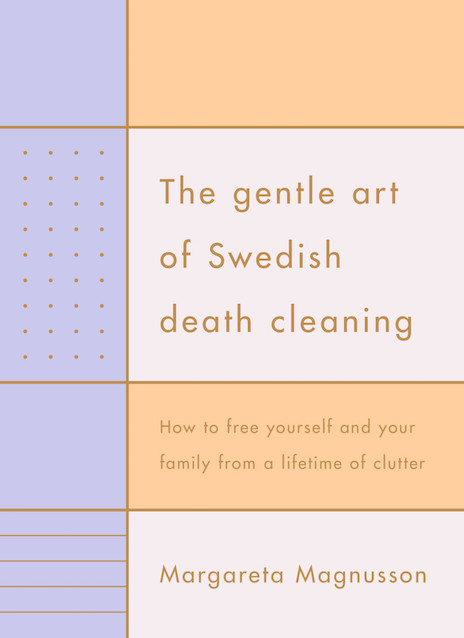
Swedish Death Cleaning
So what exactly is Swedish Death Cleaning? According to Margareta Magnusson, author of The Gentle Art of Swedish Death Cleaning, the practice presents a measured, sensible way to deal with one’s possessions as we approach the twilight years by methodically decluttering your home before you kick the bucket – so your descendants don’t have to.
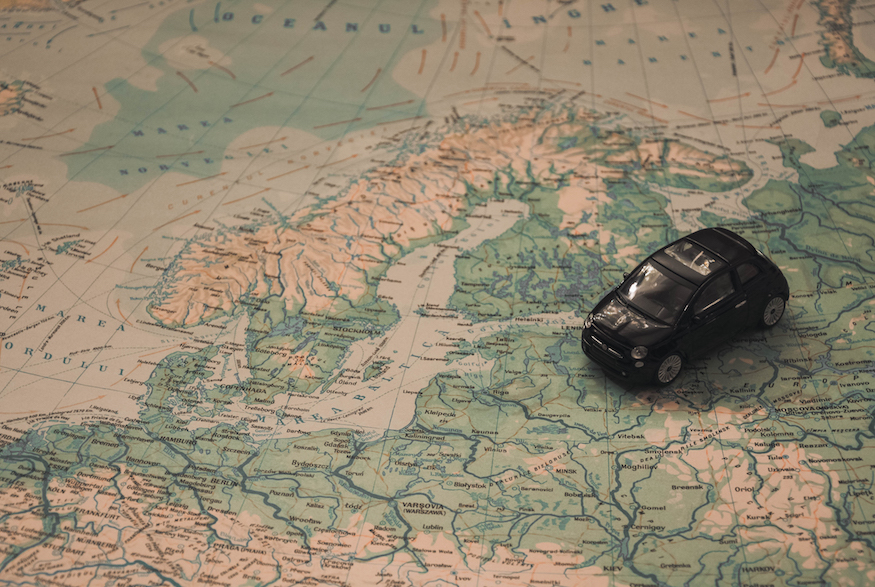
Origins
Swedish Death Cleaning is essentially the Swedish practice known as döstädning, a combination of the word “dö” (which means death) and “standing” (which means cleaning). “Death cleaning is not about dusting or mopping up; it is about a permanent form of organization that makes your everyday life run more smoothly,” Magnusson writes in her book, noting that despite the somewhat morbid purpose, many people actually find it enjoyable. “It is a delight to go through things and remember their worth,” she writes.
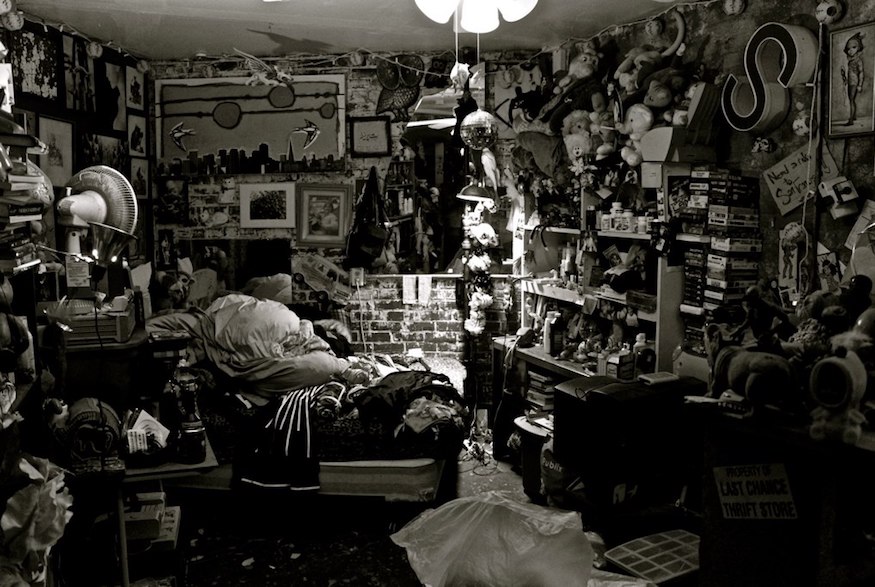
Decluttering… with a Purpose
Over the course of our lives, we accumulate stuff – lots of stuff! Swedish Death Cleaning aims to cut the clutter, but with a purpose: to get rid of stuff you don’t need, which will minimize the meaningless clutter in your life and allow an extra appreciation of those things that maintain enough value for us to hold onto.
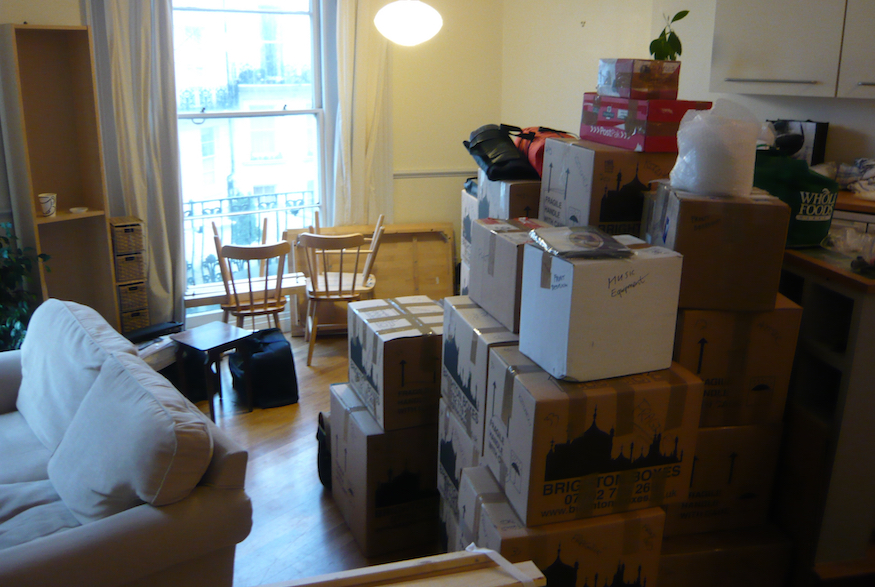
Organize and Categorize
One of the most important aspects of Swedish Death Cleaning – and sometimes the most difficult – is knowning how to get started. Magnusson recommends organizing your belongings by category and getting at the easiest one first. “I always choose clothes as my first category,” she writes. “That is easy for me since I know that I have many garments in my wardrobe that I seldom or never use.”
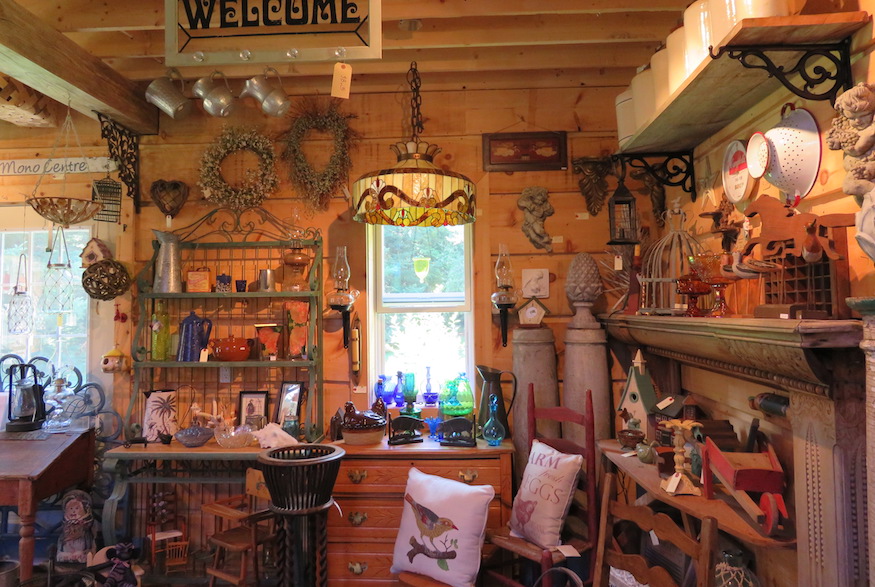
Why Are You Keeping Stuff?
In her book, Magnusson reveals how she came to the realization that other members of her family were not as sentimental about her stuff as she was. For example, she recalls thinking that one of her children would want to take the kitchen table around which they sat when growing up. However, when she finally asked them about it, none of them actually wanted it. As she writes, “we learned not to hang on to things that nobody seems to want.”

Create a Document
In the process of your Swedish Death Clean, create a document that will be helpful to your family after you’re gone, featuring bank account info, plus login and password information etc. for financial institutions and anything else that may be difficult to track down.

Talk About It Candidly
Death is a conversation topic most of us want to avoid – especially when it comes to one’s own death. Yet in order to be successful at Swedish Death Cleaning, it’s important to talk about it openly with friends and family, so they understand what you’re doing and why. Speaking about it to others, notes Magnusson, is the first step in making your plans of decluttering a reality; once others know what you’re doing, it becomes more difficult to procrastinate.
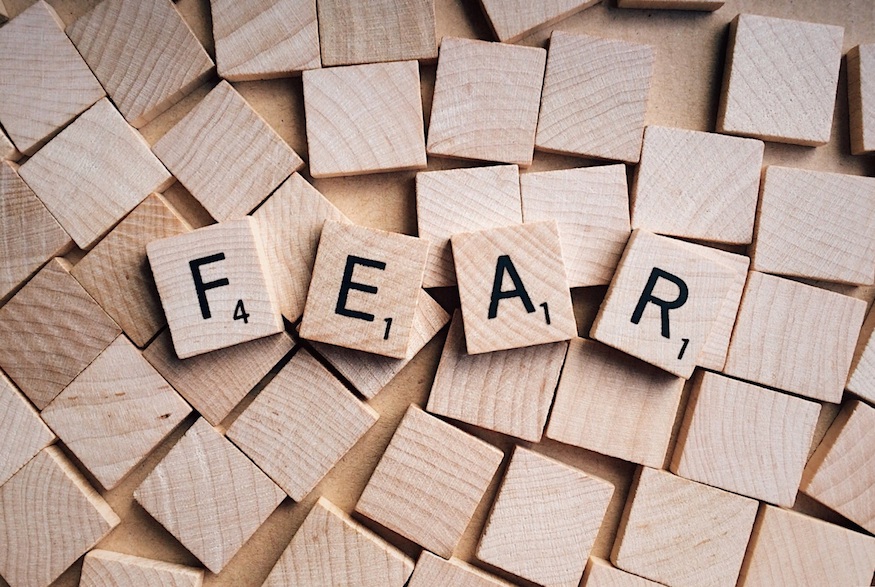
Don’t Fear Swedish Death Cleaning
As Magnusson writes in her book, one of the key tips of successfully embracing the concept of Swedish Death Cleaning is to not fear it. “Death cleaning isn’t the story of death and its slow, ungainly inevitability,” she writes. “But rather the story of life, your life, the good memories and the bad. The good ones you keep. The bad you expunge.'”

Reward Yourself
Magnusson recommends giving yourself a reward after successfully completing a portion of your Swedish Death Clean, whether it’s a glass of your favourite wine, treating yourself to a meal or a relaxing bubble bath – anything that allows you to revel in a job well done, which will keep you engaged for the jobs still to come.

Stop Shopping
If you’re a dyed-in-the-wool shopaholic… then Houston, we have a problem. The point is to part ways with extra things you really don’t need; purging your closets only to fill them back up kind of defeats the purpose of Swedish Death Cleaning. Which is not to say that you should never go shopping again; rather, be mindful of what you’re buying, and ensure it’s an item that will bring ongoing joy to your life and not sit in a corner gathering dust.

Give Stuff Away
In her book, Magnusson suggests the idea of giving items as gifts to friends and family members that may have admired those items. Sharing these things with the people who will most appreciate them is something that will be far more fulfilling for both parties if it happens while you’re still alive.

Get Happy
One of the unintended consequences of Swedish Death Cleaning is that it may actually make you happier. “Life will become more pleasant and comfortable if we get rid of some of the abundance,” Magnusson writes in her book. “Mess is an unnecessary source of irritation.”
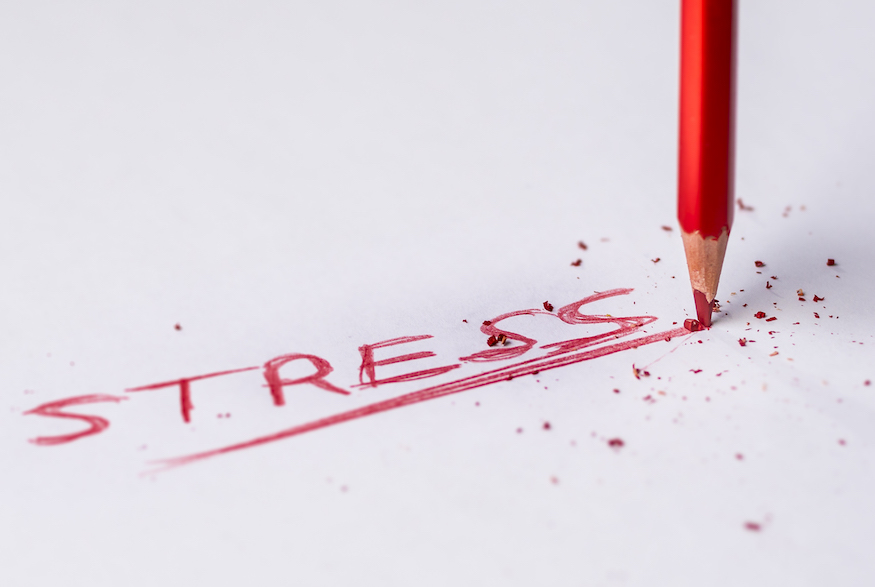
Lower Stress
Ridding yourself of clutter will also lower your stress, according to Amy Morin, LCSW, a lecturer at Northeastern University and author of 13 Things Mentally Strong People Don’t Do. “When there is less chaos on the outside, we’re likely to feel less chaos on the inside,” she told NBC News.

Confront Your Own Mortality
Swedish Death Cleaning can also be a healthy way to address our own mortality. “We must all talk about death,” writes Magnusson. “If it’s too hard to address, then death cleaning can be a way to start the conversation.”
HGTV your inbox.
By clicking "SIGN UP” you agree to receive emails from HGTV and accept Corus' Terms of Use and Corus' Privacy Policy.




